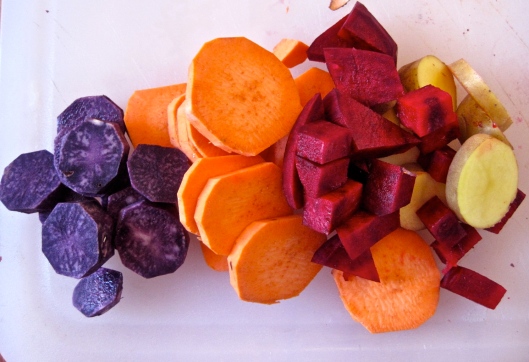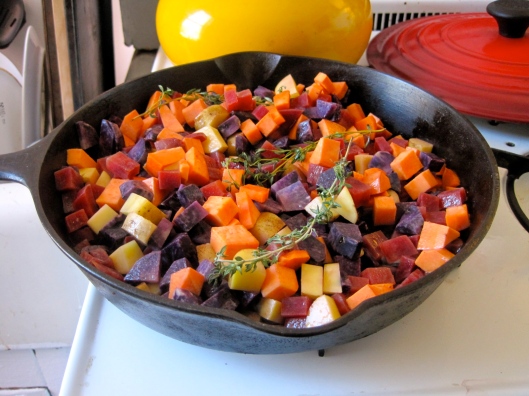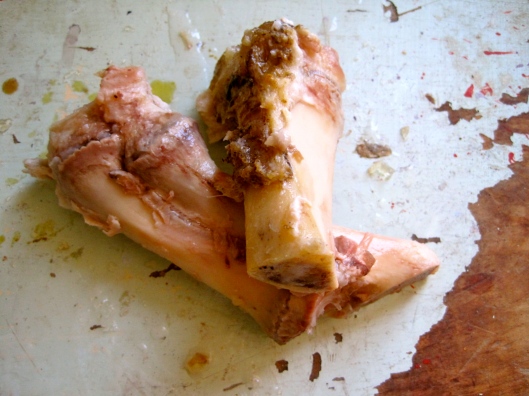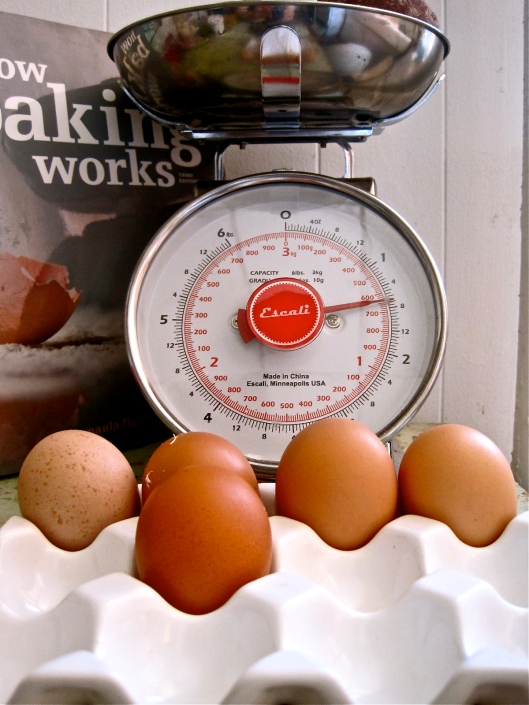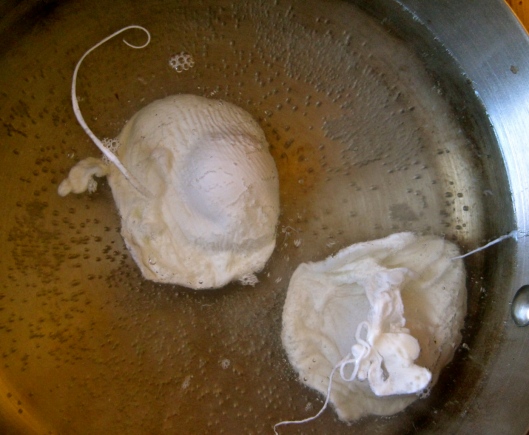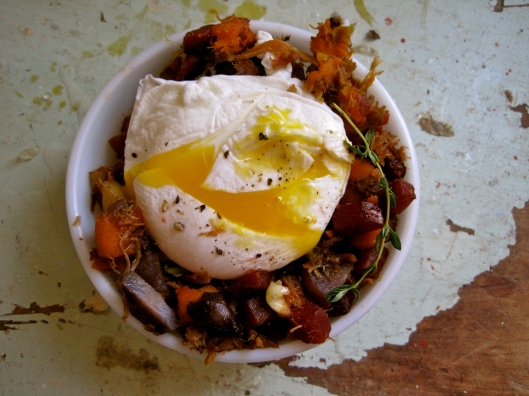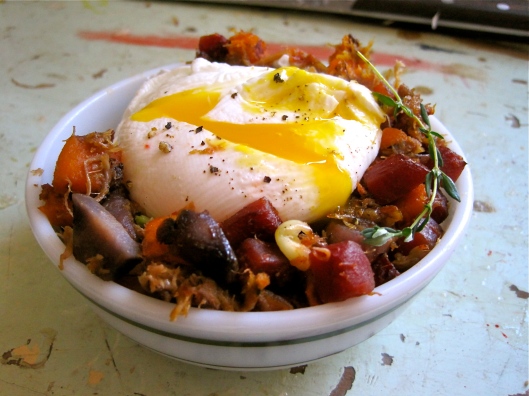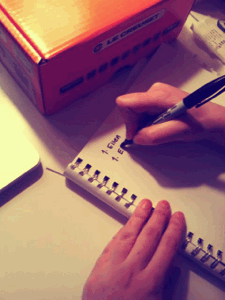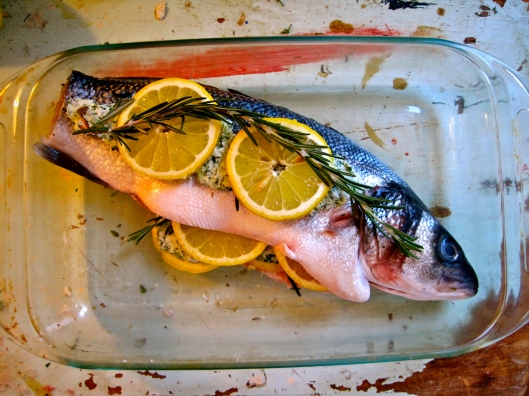
I have never been a fan of post-apocalyptic literature. The world, to me, is terrifying and confusing enough on a daily basis without all of the fire and brimstone, collapsing buildings and dwindling food supplies. In college I tried reading Cormac McCarthy’s The Road because I was smitten with a boy who said it was his favorite book. “The Road” he told me, “is full of adventure and friendship and humor. It changed my entire view of what it means to be a man.”
We were eating comically large burgers at Paul’s on St Mark’s Place and talking, in the earnest and embarrassing way that college students do, about books that we really felt defined us. I remember thinking vaguely, as he wiped melted American cheese from his mouth, that I would be a little bit mortified if anyone was eavesdropping on our conversation.
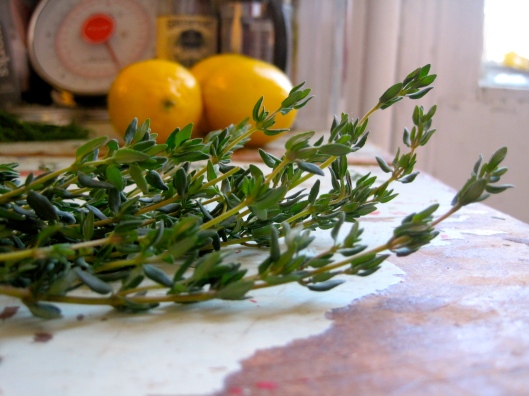
When our burgers were finished I walked over to the bookstore. The Road had just come out a few months earlier and was still being prominently displayed in the front window of the shop. The boy at the counter shuddered while ringing it up— “You’re brave for this one, girly” he told me, pushing it into my hands so eagerly it was as if the cover was burning his. 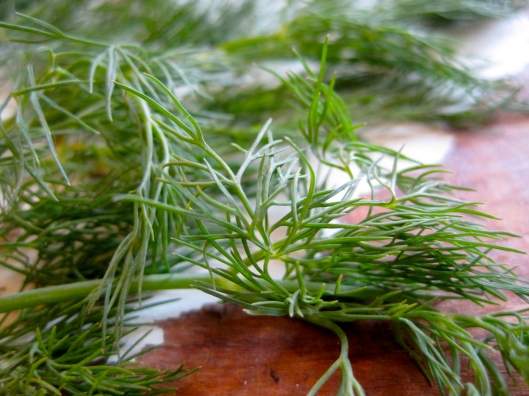
I made it through about twenty pages on my subway ride home and by the time I walked in my front door and looked in the mirror my face was ashen and my knees felt like jell-o. After fifty pages I was in a cold sweat and had to tuck the book into a drawer in the other room before trying to fall asleep. Adventure? Friendship? Humor? Had he even read this book? I felt betrayed.
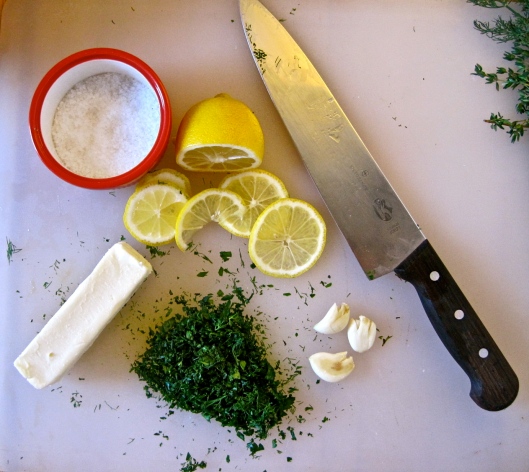
A few days later I was invited over to the boy’s apartment for dinner. I was building up the nerve to tell him that I couldn’t make it past fifty pages of his favorite book when I noticed a stack of various editions of Jack Kerouac’s On the Road sitting on his coffee table. Opening one up I saw that it was absolutely covered with underlines and stars, notes and exclamations written in scratchy boy handwriting—it looked not unlike all of my favorite books. It suddenly occurred to me that I had tortured myself with The Road for no reason at all.
Loving post-apocalyptic literature is one thing—I can even chalk forgetting the name of your favorite novel up to first-date-jitters, but allowing Jack Kerouac to define for you what it means to be a man is, for me, an issue. That dinner was our last.
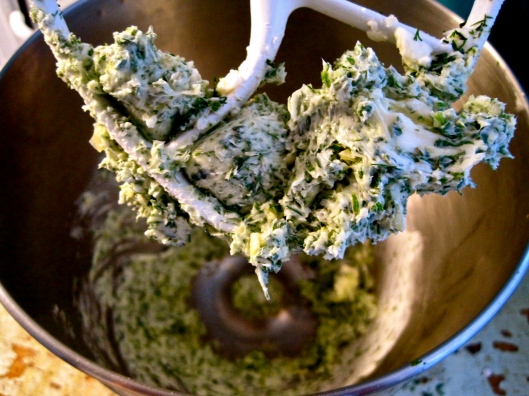
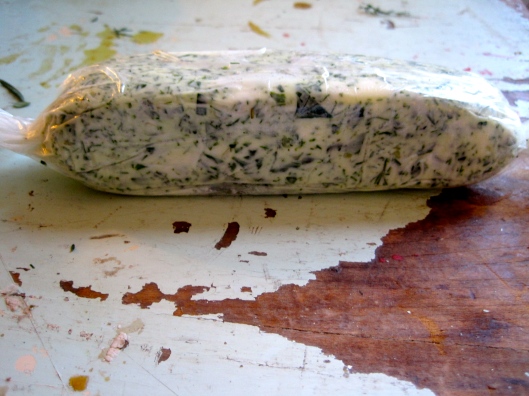
I gave my unfinished copy of The Road to my across-the-hall neighbor and didn’t touch another post-apocalyptic novel until a friend of mine gave me a copy of Peter Heller’s The Dog Stars a couple of months ago. She, and many of the reviews I read, described it as “The Road but with hope,” which is probably why it took me so long to pick it up–I was terrified of reading anything resembling The Road. When I finally did crack it open though, I was not sorry at all.
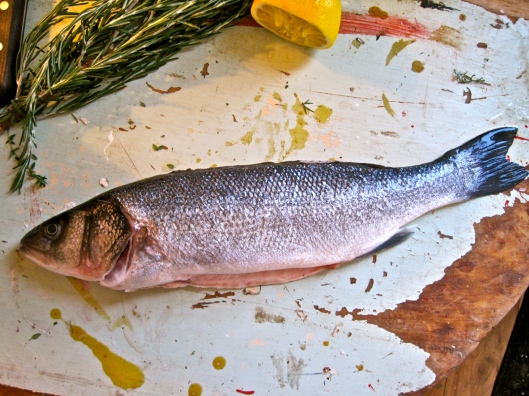 In sparse and heart-wrenchingly beautiful prose Heller tells the story of a man named Hig who has lost everything to a superflu that wiped out ninety percent of the human race. He lives in the hangar of an abandoned airport with his dog, Jasper, and a man named Bangley who seems to enjoy the cruelty and violence that surviving in a post-apocalyptic world allows him to enact. What sets The Dog Stars apart from other novels of its kind is Hig himself. The Dog Stars is more about what it means, at the very core, to be human than about what happens when “civilized” society crumbles.
In sparse and heart-wrenchingly beautiful prose Heller tells the story of a man named Hig who has lost everything to a superflu that wiped out ninety percent of the human race. He lives in the hangar of an abandoned airport with his dog, Jasper, and a man named Bangley who seems to enjoy the cruelty and violence that surviving in a post-apocalyptic world allows him to enact. What sets The Dog Stars apart from other novels of its kind is Hig himself. The Dog Stars is more about what it means, at the very core, to be human than about what happens when “civilized” society crumbles. 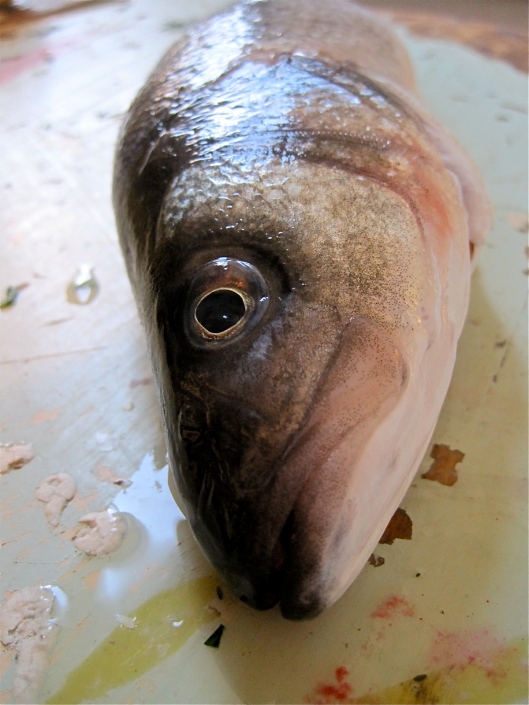
What really set this novel apart for me, though, was the food. Normally in novels of this kind there is very little, if any food, and what there is is hardly ever appetizing. The food in The Dog Stars on the other hand is mouth-watering. Hig plants beans, tomatoes, potatoes, eats venison heart, he cooks catfish with dandelion salad with basil, makes tea from a jar of summer flowers, wild strawberry, black raspberry and mint, he eats shepherd’s pie dripping with butter and drinks pitcher after pitcher of cold milk. The most powerful, most prevalent food scenes in the book, though, are ones related to fishing—trout-fishing specifically.
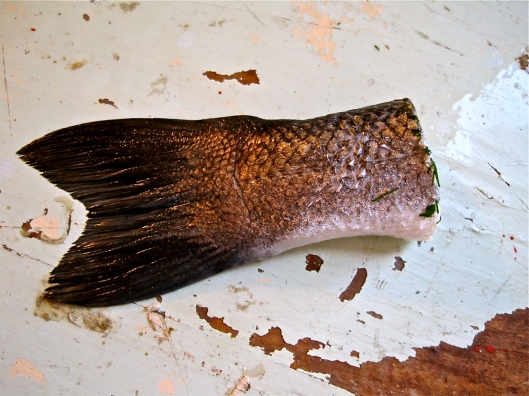
By the third sentence of the novel Hig has already told you that he “used to love to fish for trout more than almost anything…If I ever woke up crying in the middle of a dream, and I’m not saying I did, it’s because the trout are gone every one. Brookies, rainbows, cutthroats, cutbows, every one. The tiger left, the elephant, the apes, the baboon, the cheetah. The titmouse, the frigate bird, the pelican (gray), the whale (gray), the collared dove. Sad but. Didn’t cry until the last trout swam upriver looking for maybe cooler water.” 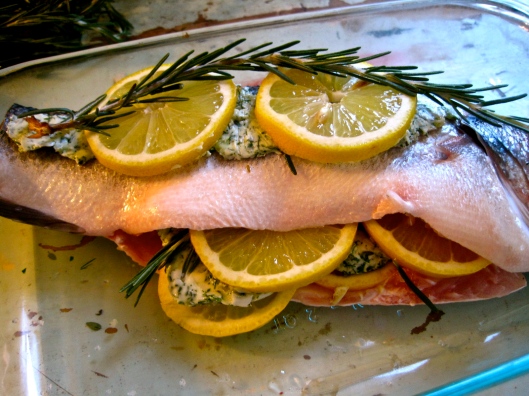
The most poignant memories Hig has of his wife, Melissa, are of her fishing for trout with him—how “she didn’t have the distance and accuracy in her cast but she could think more like a trout than probably anyone alive.” Hig fishes before disaster strikes, he fishes when the flu hits, when Melissa dies, he fishes with Jasper in the mountains, salts his catches on flat stones and “pull[s] out the skeleton from the tail up, unzipping the bones.”
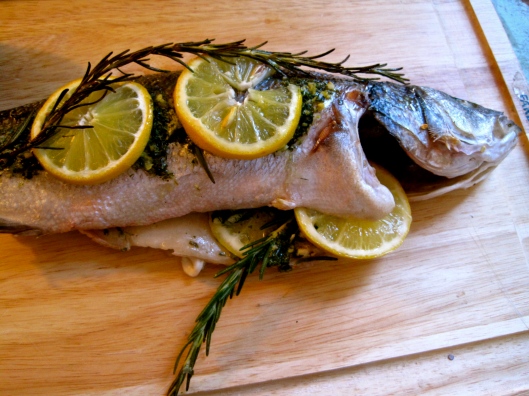
In the summertime when I was a kid, my dad would wake me up while it was still dark outside and we would go fishing for sea bass in the cold black of the Atlantic ocean. It was thrilling, sneaking around the bedroom trying to get dressed as quietly as possible while my sisters slept. My dad waited in the kitchen where the smell of newspapers and coffee and aftershave hung heavy, the nighttime sounds of crickets still creaking through the window screens. After fishing we always went to a breakfast place called Arno’s and ordered enormous stacks of buttermilk pancakes and tiny griddles of corned beef hash. At first this was what I looked forward to most about these fishing excursions. The casting and the waiting and the shivering were, in the beginning, just a means to an end, but eventually I grew to love the pre-pancake ritual, too. I never became a great fisherwoman but I learned volumes about patience and silence.
One morning I caught a horseshoe crab by accident and reeled it in, scrambling and scratching against my hook. I had only ever seen dried up pieces of them on the shore and seeing one in all of its prehistoric glory gave me pause. It was as if the world suddenly threw back its hood and revealed just how tremendously old and sturdy it was and how easily it would continue to thrive once we are, all of us, gone.
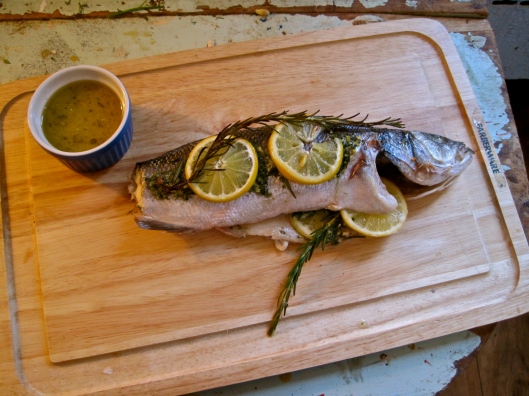
Recipe
The Dog Stars Whole Roasted Fish with Herb Butter
Serves 2
When I went to the market yesterday I lingered over the trout for a good five minutes before the man behind the counter got impatient with me and demanded I make up my mind. It didn’t seem right to cook trout for this book, even despite it being mentioned so many times throughout. I ended up buying branzino instead, but trout would certainly work for this recipe, as would just about any fish.
- 1 1 ½ pound whole trout, branzino, or any fish you prefer, gutted and scaled
- ¼ pound unsalted butter (1 stick), softened
- 4 sprigs each thyme, parsley, dill, rosemary
- 3 cloves garlic
- 2 lemons
- 1 cup dry white wine
- Salt and pepper to taste
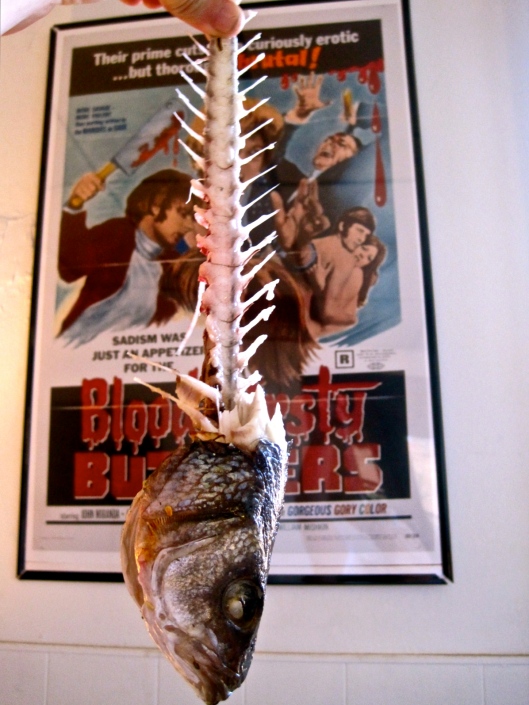
Directions:
This herb butter freezes well and will stay good for at least a month (refrigerated about a week and a half). It’s a great thing to have on hand to make anything fancier (bread, pasta, roasted vegetables) and also a good way to put wilting herbs to use rather than throw them away.
Place your butter in a mixer fitted with a paddle attachment. Finely chop your picked herbs and garlic and add them to the butter. Add 1 Tablespoon of lemon juice and a pinch of salt and pepper and beat until well-mixed. Scoop the butter onto a sheet of plastic wrap and roll it tightly into a tube-shape. Refrigerate until set, about 40 minutes.
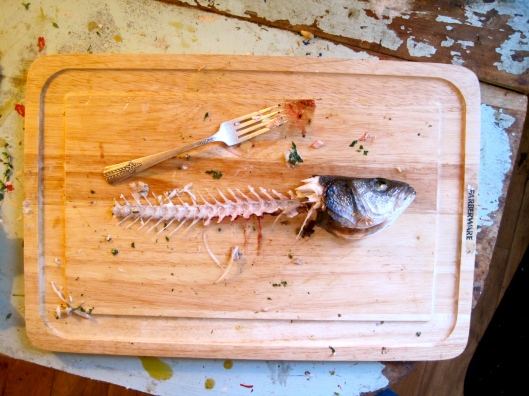 Pre-heat your oven to 450 degrees F. Rinse your fish and pat it dry. Salt the inside and outside of the fish well and place it in a shallow baking dish (I had to cut the tail off of mine so that it would fit). Cut half of your herb butter into disks and place the rest in the fridge (you’ll only be using half). Stuff butter disks inside of the fish and top with lemon slices. Do the same on the outside of the fish. Salt and pepper and drizzle with olive oil. Add about 1 cup of dry white wine to the baking dish and cover with tinfoil. Place in the oven for 15 minutes. Remove tinfoil and roast 7-10 more minutes. The meat should release from the bones and you should be able to “unzip” the fish and enjoy the meat easily.
Pre-heat your oven to 450 degrees F. Rinse your fish and pat it dry. Salt the inside and outside of the fish well and place it in a shallow baking dish (I had to cut the tail off of mine so that it would fit). Cut half of your herb butter into disks and place the rest in the fridge (you’ll only be using half). Stuff butter disks inside of the fish and top with lemon slices. Do the same on the outside of the fish. Salt and pepper and drizzle with olive oil. Add about 1 cup of dry white wine to the baking dish and cover with tinfoil. Place in the oven for 15 minutes. Remove tinfoil and roast 7-10 more minutes. The meat should release from the bones and you should be able to “unzip” the fish and enjoy the meat easily.
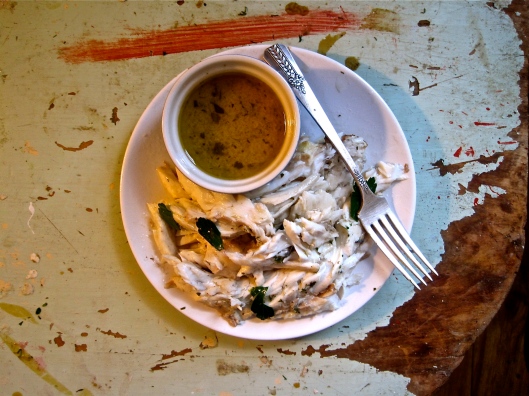
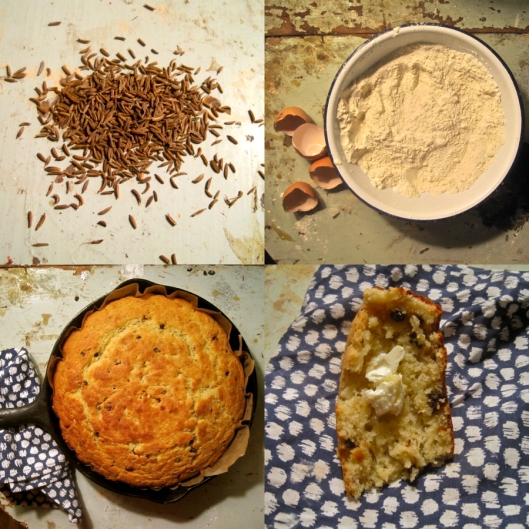 Just a quick post to wish you all a happy St. Patrick’s Day! I’ve come to understand from a few of my Irish friends that the Irish soda bread we eat here in America is not in the slightest bit authentic. Some say the batter would most definitely not contain butter, some say no way to the white flour and sugar, and all say definitely not to the caraway seeds. But this is the Irish soda bread I know well from a childhood spent eating it dipped in milky sugary tea every March, so it’s the one I’ll be providing you with a recipe for today. This soda bread is really more of a skillet-scone (is that a thing?). The sweetness of the sugar and currants is grounded by the caraway seeds, it is light and airy, a little bit tart from the buttermilk —it’s just really a delight.
Just a quick post to wish you all a happy St. Patrick’s Day! I’ve come to understand from a few of my Irish friends that the Irish soda bread we eat here in America is not in the slightest bit authentic. Some say the batter would most definitely not contain butter, some say no way to the white flour and sugar, and all say definitely not to the caraway seeds. But this is the Irish soda bread I know well from a childhood spent eating it dipped in milky sugary tea every March, so it’s the one I’ll be providing you with a recipe for today. This soda bread is really more of a skillet-scone (is that a thing?). The sweetness of the sugar and currants is grounded by the caraway seeds, it is light and airy, a little bit tart from the buttermilk —it’s just really a delight.











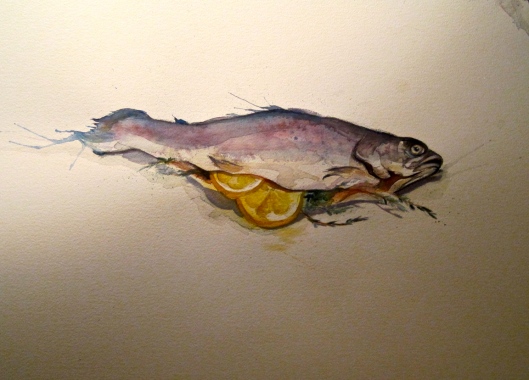




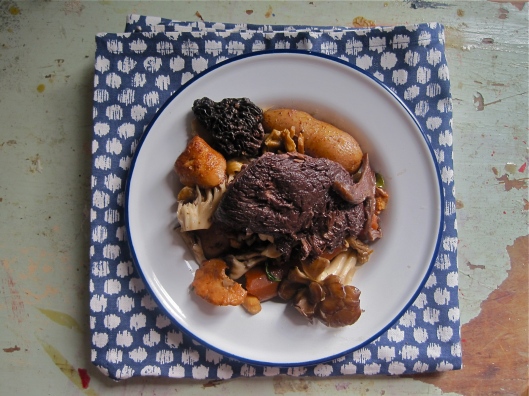
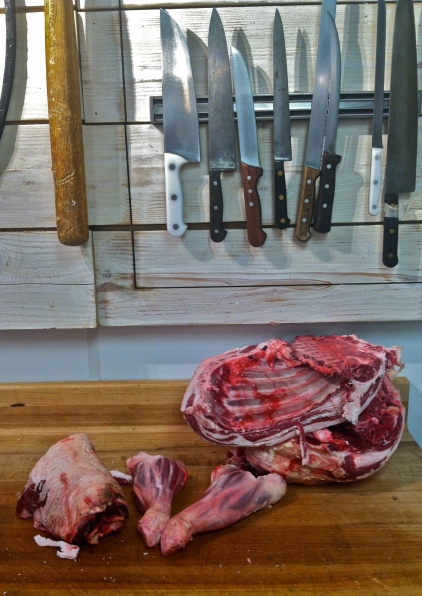
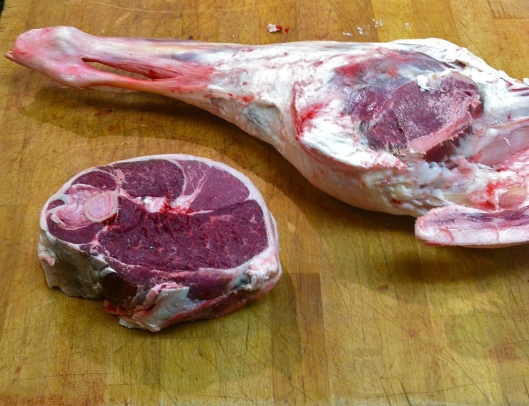
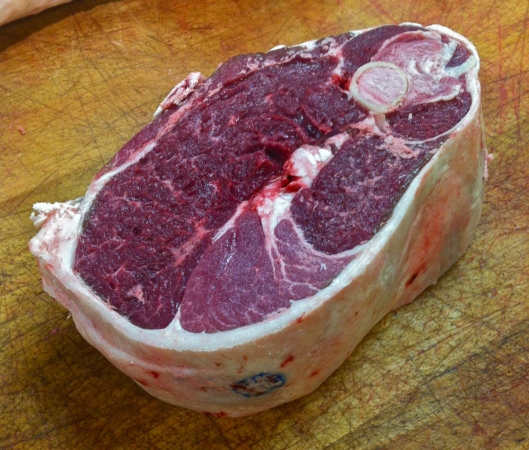
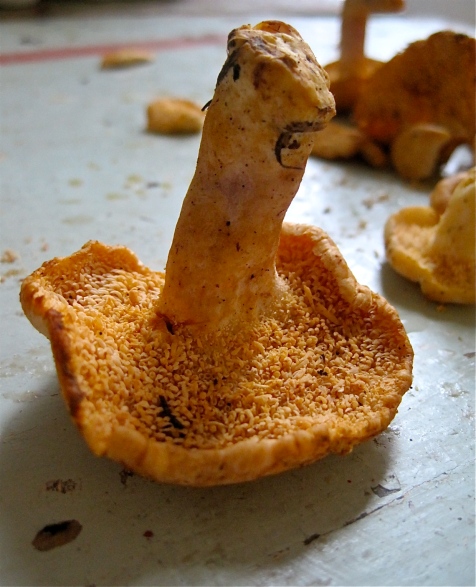
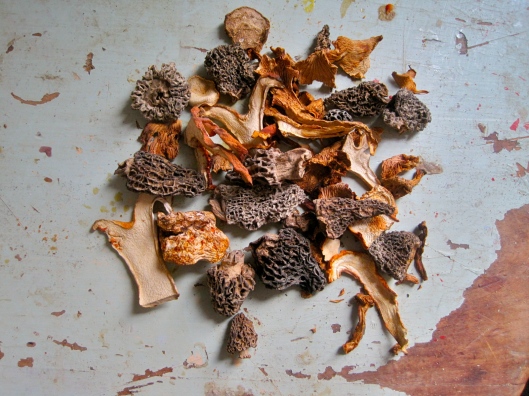
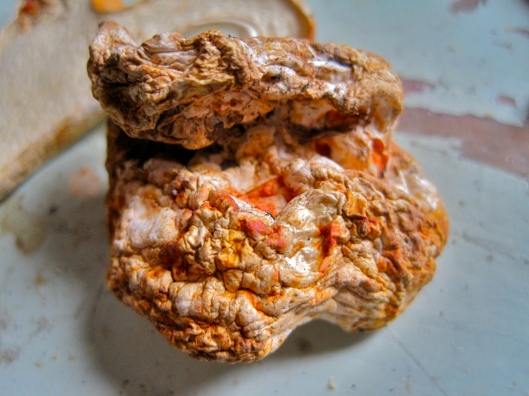
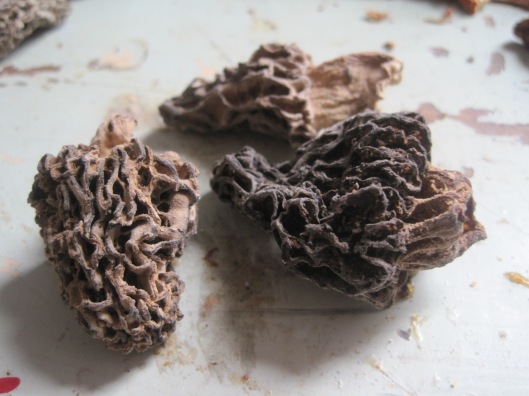
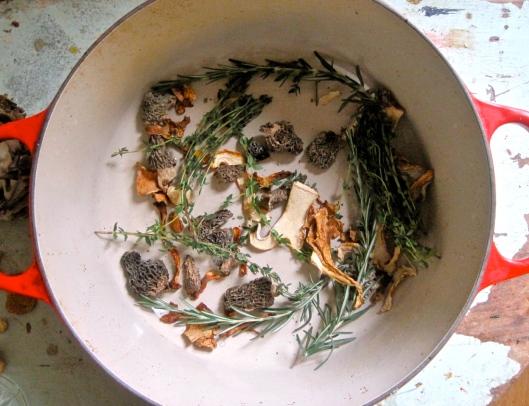
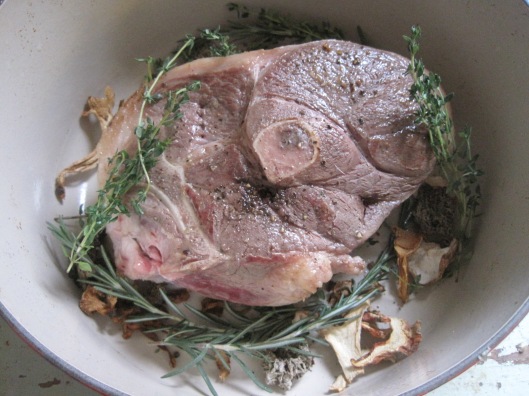
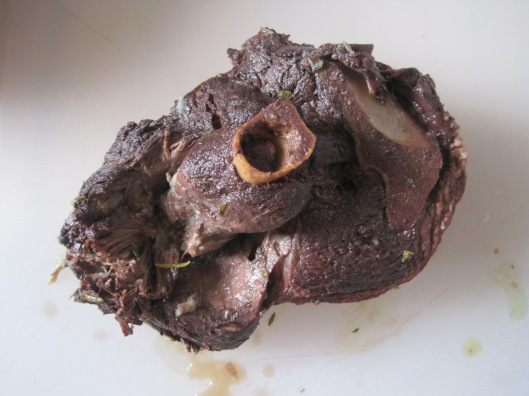
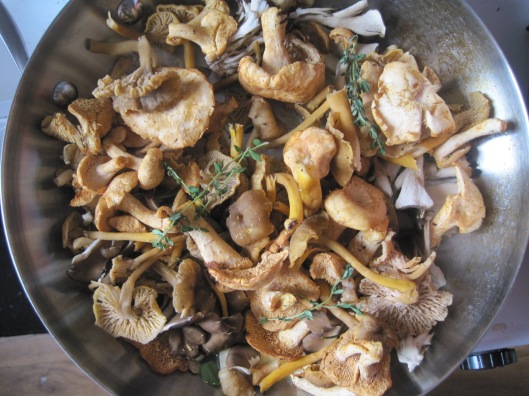
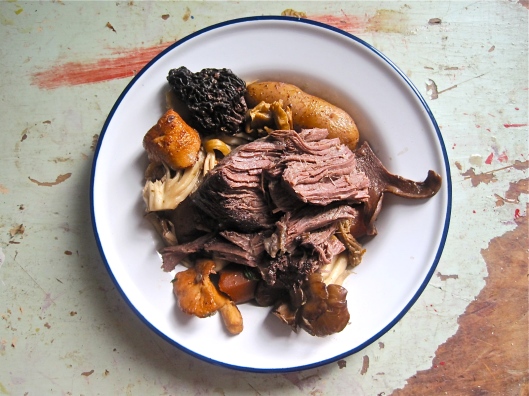
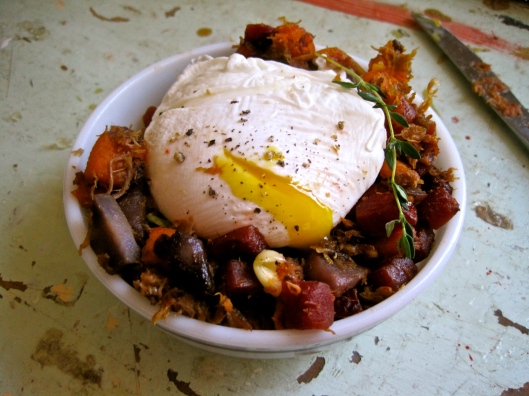
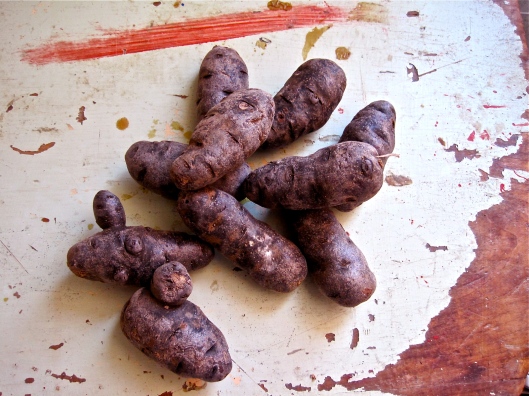 I had never heard of red flannel hash before, which is surprising considering I am a diehard fan of all forms of breakfast hash. As a kid I went through a Libby’s canned corned beef hash phase so intense my mom feared that I would die of salt poisoning. I wanted it on everything—mashed potatoes, chicken, broccoli. I looked for corned beef hash at every restaurant we went to and ordered it stuffed inside an american cheese omelet with a side of buttered white toast. I’m not proud of any of this, but we’re all friends here, right?
I had never heard of red flannel hash before, which is surprising considering I am a diehard fan of all forms of breakfast hash. As a kid I went through a Libby’s canned corned beef hash phase so intense my mom feared that I would die of salt poisoning. I wanted it on everything—mashed potatoes, chicken, broccoli. I looked for corned beef hash at every restaurant we went to and ordered it stuffed inside an american cheese omelet with a side of buttered white toast. I’m not proud of any of this, but we’re all friends here, right?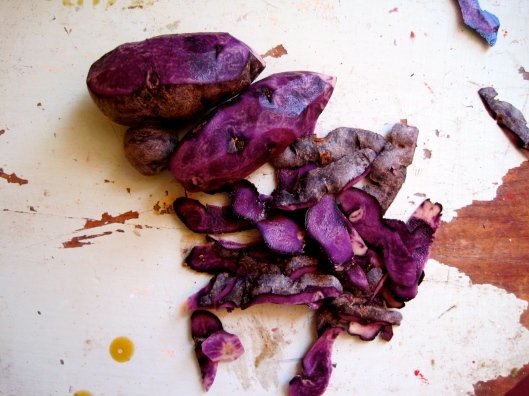 I told Rebecca that I’d never heard of red flannel hash before and she said that she had learned about it from Pam Houston’s short story “The Best Girlfriend You Never Had.” I knew there was a reason I liked this woman. Even more surprising than the fact that I had never heard of red flannel hash before is the fact that I had never read any Pam Houston. When Waltzing the Cat (the collection of stories that includes “The Best Girlfriend You Never Had”) was first published in 1998 my older sister bought a copy of it at a Barnes and Noble because the boots on the cover looked like her Doc Martins.
I told Rebecca that I’d never heard of red flannel hash before and she said that she had learned about it from Pam Houston’s short story “The Best Girlfriend You Never Had.” I knew there was a reason I liked this woman. Even more surprising than the fact that I had never heard of red flannel hash before is the fact that I had never read any Pam Houston. When Waltzing the Cat (the collection of stories that includes “The Best Girlfriend You Never Had”) was first published in 1998 my older sister bought a copy of it at a Barnes and Noble because the boots on the cover looked like her Doc Martins.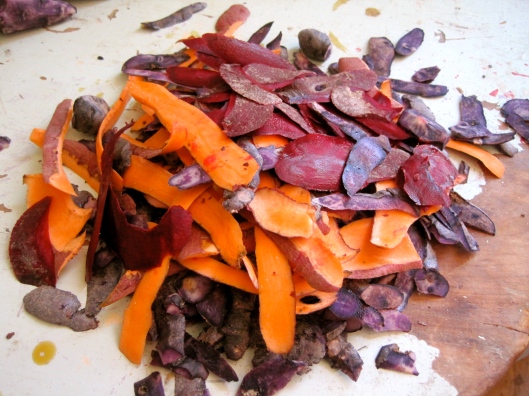 Coffeehouse culture was still relatively new in 1998 and taking your notebook to a coffee shop to scribble slam poetry or curling up with your impressive, existential novel next to a soy chai was all the rage. The neighborhood Starbuck’s was the closest thing we had to a cozy, intimate coffee shop and my sister used to take her copy of Waltzing the Cat there and stay for hours, drawing creeping vines and crying girls and Ani DiFranco lyrics in the book’s margins. She was in love with the barista, a boy named Drew who had bored eyes and a safety pin stuck through his left ear, and she was forever hoping that he would ask her about what she was reading. Thankfully he never did because I don’t think she ever actually read a word of it, but she turned the book into a piece of her own artwork, a time-capsule of her youth and the tireless and hungry persistence for love that would follow her her whole life.
Coffeehouse culture was still relatively new in 1998 and taking your notebook to a coffee shop to scribble slam poetry or curling up with your impressive, existential novel next to a soy chai was all the rage. The neighborhood Starbuck’s was the closest thing we had to a cozy, intimate coffee shop and my sister used to take her copy of Waltzing the Cat there and stay for hours, drawing creeping vines and crying girls and Ani DiFranco lyrics in the book’s margins. She was in love with the barista, a boy named Drew who had bored eyes and a safety pin stuck through his left ear, and she was forever hoping that he would ask her about what she was reading. Thankfully he never did because I don’t think she ever actually read a word of it, but she turned the book into a piece of her own artwork, a time-capsule of her youth and the tireless and hungry persistence for love that would follow her her whole life.